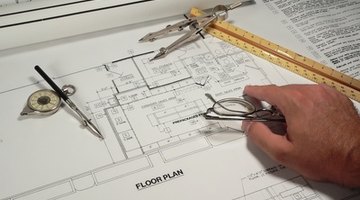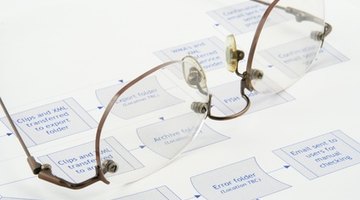Document control is of paramount importance in an engineering setting. This applies particularly to departments that need to store documents related to the methods involved in their procedures. From the department that needs to have a procedure in place for new hires, to the manufacturing end-process, it is necessary to have a means of controlling the creation, revision, quality and update of these documents.
Varied Forms of Document Control

Depending on the type of engineering that is undertaken, the amount and style of control will vary considerably. For example, for software engineering there may be fewer mechanical drawings but perhaps more process diagrams. Either way, there has to be a structure for the process.
Some basic premises have to be followed. First, documents are originated by an issuing department. They are used chiefly by that department, and other departments may have some input into the process. But the overall control should be taken by the issuing department.
Next, a set of documents should be created by a team of writers. The documents must be reviewed, and thus a team of reviewers must be set up who have the authority to review and have the subject-knowledge to make corrections and finally approve each stage.
- Depending on the type of engineering that is undertaken, the amount and style of control will vary considerably.
- Next, a set of documents should be created by a team of writers.
Standard Operating Procedures

SOPs (standard operating procedures) exist in all organisations to formalise the procedures for all aspects of the work that is being done. It is important to capture the operating procedures for all areas of the organisation. From procedures for taking on new staff to procedures for specific operations in a manufacturing company, each procedure is important.
Of course, a department should be able to quickly identify a specific SOP for a specific procedure. It must be easy to locate and it must be securely stored and unable to be edited except in a formalised document control process. All updates must be clearly recorded in the appropriate location and it should be clear who made the change, the reason for it and the date and time it was done.
- SOPs (standard operating procedures) exist in all organisations to formalise the procedures for all aspects of the work that is being done.
- Of course, a department should be able to quickly identify a specific SOP for a specific procedure.
The Mechanics of Controlling Documents

A document will be created from a set of notes taken while interviewing a SME (subject matter sxpert) and put into a legible form by a technical writer. The document will then be sent for review, where it will be measured against a set of standard guidelines for creating this type of document. During the course of the creation of a document like this, it will pass through many different people who will all input their unique viewpoint into the process. Finally, the document will reach approval and be stored in a document repository where anyone who needs access to it will be able to view it.
- A document will be created from a set of notes taken while interviewing a SME (subject matter sxpert) and put into a legible form by a technical writer.
- Finally, the document will reach approval and be stored in a document repository where anyone who needs access to it will be able to view it.
At any time, an update may be needed to the document. If this is the case, effective document control will capture any amendments, the reasons for doing so (for example, a firmware update) and the person who made the changes. Finally, all documents should be subject to quality control; this will be an additional step designed to keep the bar up so that the standard of documents never falls below a certain prescribed level.
